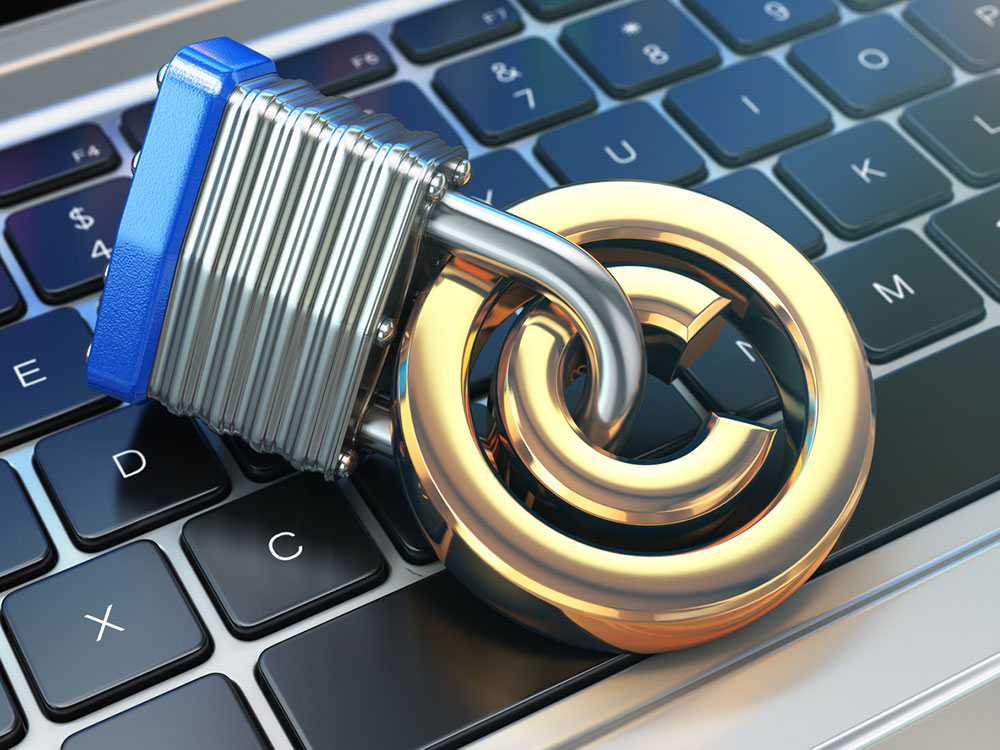
When selecting an intellectual property (IP) protection mechanism, it is important to determine what is necessary to protect the product and what it will cost to enforce that protection. A trademark or patent only means something in a market if its holder is prepared to defend it against infringements. In some markets, that may not be feasible.
Intellectual property (IP) protection mechanisms are only effective if evidence of infringement is monitored. A lack of surveillance for IP infringement can lead to a loss of patent or trademark protection, for example:
- Laches: When a patentee waits too long to lodge a complaint.
- Equitable estoppel: When a presumed infringer, relying on actions or communications from the patentee, reasonably believes they can continue to practise the patented production process.
How are patents and trademarks infringed upon?
It is important that patent and brand holders are proactive about patent and trademark protection. There are several types of infringement:
- Literal infringement: Where each and every element of a patent claim is found in the alleged infringing product or process.
- Doctrine of equivalents infringement: Where the alleged infringing product or process is substantially the same as the patented product or process.
- Contributory infringement: Where a party contributes to infringement of a patent by selling a component that has no other use but as part of a patented product.
- Inducement to infringement: Where one actively and knowing aids and abets another who is directly infringing a patent.
IP infringement monitoring is also an important function in the prevention of counterfeiting. Counterfeiting of products can lead to millions of dollars of losses, depending on the product and how long it persists without being detected and acted upon.
It also has the potential to be dangerous for consumers. Industries such as the pharmaceutical industry invest significant resources to prevent counterfeiting, which has the potential for disastrous results. Additionally, counterfeiting can undermine an organization’s reputation and brand image.
Want to learn more about mitigating potential IP risks? Check out the FITTskills Product Development online workshop!
Your next steps in patent and trademark protection
Monitoring for IP infringement requires establishing surveillance protocols that can assist in detecting infringement as well as counterfeiting. Organizations have a wide variety of internal practices and monitoring of external indicators that they can use.
Internal protocols could include:
- Ensuring the claim and scope of patent or trademark registration is sufficiently broad to claim clear economic potential
- Reviewing licence agreements on a regular basis
- Acting quickly to contact infringing parties
- Monitoring internal processes
- Following security protocols for shipping and traceability, e.g. RFID tags, container seals, UPC bar codes
- Employing product protection techniques, such as hologram labels, and other identifiers that cannot be copied
- Monitoring waste/scraps to prevent use of legitimate proprietary materials to produce unapproved, unlicenced products
- Training employees throughout organization on importance of IP protection and potential leakage points
External protocols could include:
- Employing infringement monitoring services or designating in-house personnel to monitor key relevant web and media sites to watch for potential infringement
- Ensuring suppliers are delivering authentic components to prevent risk of sub-standard or counterfeit components
- Qualifying distributors to ensure counterfeits have not infiltrated legitimate goods
- Checking in with licensees and distributors if they complain of infringements
- Educating retailers to recognize legitimate products
- Conducting audits of product on retail shelves
- Working with law enforcement agencies, including border control agencies, and assisting to identify seized products
- Employing appropriate legal counsel to follow up with infringement and counterfeiting claims
Diligent surveillance for infringement and the prevention of counterfeiting is important for organizations to recoup their investment in research and product and brand/image development. While monitoring for infringement in the global market is complex, it is important for organizations and investors to ensure their investment is protected and that international trade operates in a fair and equitable manner.
Implementing intellectual property protection strategies
Organizations involved in international trade in any capacity, whether licencing, off-shore manufacturing or exporting, must ensure that they identify and protect the IP that underlies their competitive advantage. It is imperative that they research and understand the IP protection environment in each country where they are involved.
Organizations need to determine if patent and trademark protection is viable by asking themselves “what is the cost of losing ownership of specific IP?” Then if their IP is worth protecting the next questions are “what is necessary to protect our product?” and “what will it cost to enforce that protection?” Employing due diligence to properly assess the costs and risks to IP before entering a market is a smart, proactive business strategy.
Organizations willing to make a commitment to protect their IP should:
- Select a method of protection.
- Monitor the use of their IP.
- Ensure proper contractual agreements are in place for all international trade activities.
- Obtain qualified legal advice.
A lack of patent and trademark protection can cost organizations millions of dollars in lost sales if IP is not properly assessed and valued by organizations.
Furthermore, it risks losing millions of dollars—of resource investment in research and development, acquisition of facilities and equipment, training and the building of corporate brands and images—to unscrupulous competitors who do not share the burden of those initial product development activities, and take advantage of the lack of IP protection.
IP protection is an important aspect of business activities that is integral to the position of an organization and its products, in the international marketplace.







disqus comments